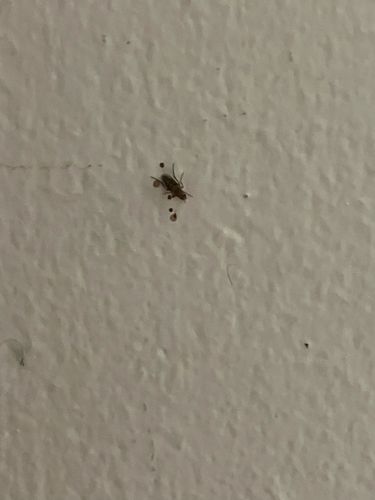Phorid Fly, Humpbacked Fly, Scuttle Fly
Scientific Name: Various species within the family Phoridae, common genus Megaselia
Order & Family: Order: Diptera, Family: Phoridae
Size: Typically 0.5 mm to 6 mm in length, with most common species being around 2-3 mm.

Natural Habitat
Phorid flies are commonly found in environments with decaying organic matter, such as drains, garbage disposals, compost piles, rotting fruits and vegetables, animal carcasses, and in moist areas like bathrooms and kitchens. They can also be found in commercial settings such as restaurants, food processing plants, and hospitals.
Diet & Feeding
Adult phorid flies feed on decaying organic matter, fungi, and various liquids. Their larvae feed on a wide range of decaying organic materials, including decaying plants, animal remains, fungi, and sometimes even living plants or insects depending on the species.
Behavior Patterns
Phorid flies are known for their erratic, scuttling behavior, often running rather than flying when disturbed. They are attracted to decaying organic matter for egg-laying and larval development. Adults are typically active during the day. They have a short life cycle, which can lead to rapid population growth in suitable conditions.
Risks & Benefits
Potential risks include being a nuisance pest, especially in residential and commercial settings where they can infest food preparation areas. Some species can transmit pathogens due to their association with decaying matter, posing a potential health risk, particularly in healthcare settings. They are generally not beneficial in human-occupied environments but play a role in decomposition in natural ecosystems.
Identified on: 8/20/2025